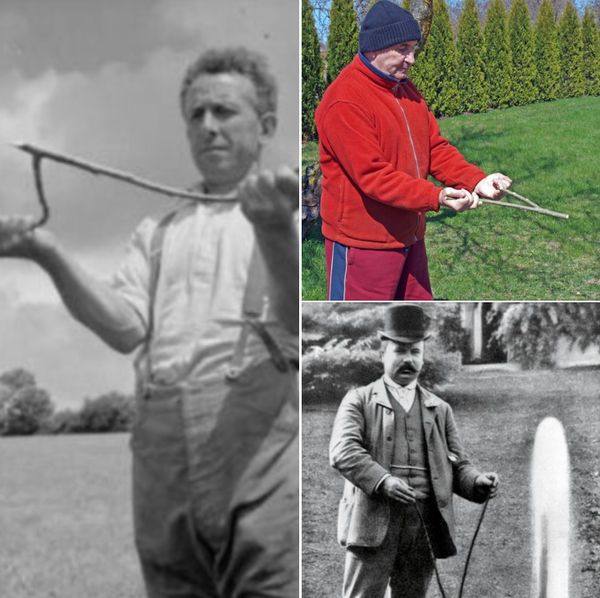
Do you ever find yourself feeling out of touch with the world as you grow older? It’s not just the major changes that leave us bewildered, but also the little things that seem to change slowly over the decades. My dear grandmother, may she rest in peace, used to talk about the habits and routines from her youth, and she would often show us peculiar tools and trinkets that no one else in the family recognized. If I’m lucky enough to live as long as she did, I can only imagine that I’ll be doing the same.
There’s a certain nostalgia that comes with trying to identify objects from the past. That’s why articles featuring pictures of unfamiliar items and the quest to determine their purpose have become so popular online. Recently, one such image has been making the rounds, leaving many perplexed about its identity and function.
When I first encountered the photo, I had no clue what this tool could be. But luckily, there were people who did know its secrets. At first glance, it looks like an ordinary V-shaped tree branch. But its history as a valuable tool for mankind dates all the way back to the 1500s, during a practice called “Water Dowsing”.
This peculiar tool goes by various names, such as a “diviner,” “doodlebug,” “well witch,” or “water-finder.” Its primary purpose? You guessed it – to locate water! To use it, an individual would hold both branches of the stick in each hand, with palms facing upwards. The stem of the V, where the two rods meet, is then tilted towards the Earth at a 45-degree angle. The user would then walk back and forth, searching for vibrations at the bottom of the V, which supposedly indicated the presence of water hidden beneath the Earth.
Interestingly, dowsing with metal rods was initially used in the 1500s to find metals in the ground. However, people eventually adapted this method to locate water for new homeowners in rural areas. It’s fascinating to think about how such a simple tool has been utilized for centuries, helping countless individuals find an essential resource like water.
In a rapidly changing world, it’s important to appreciate the tools and practices that were once integral parts of our lives. While some objects may seem strange to us now, they hold a wealth of history and demonstrate the ingenuity of those who came before us. So, the next time you stumble upon an unfamiliar tool or trinket, take a moment to uncover its secrets. Who knows what fascinating stories you might discover along the way?



